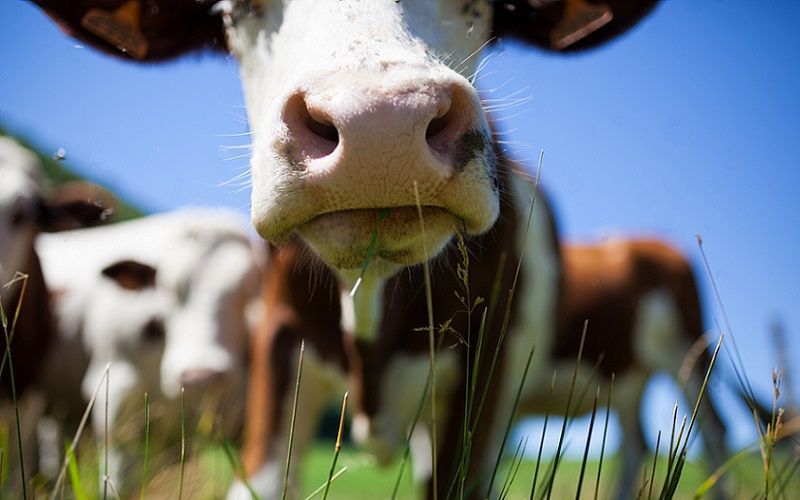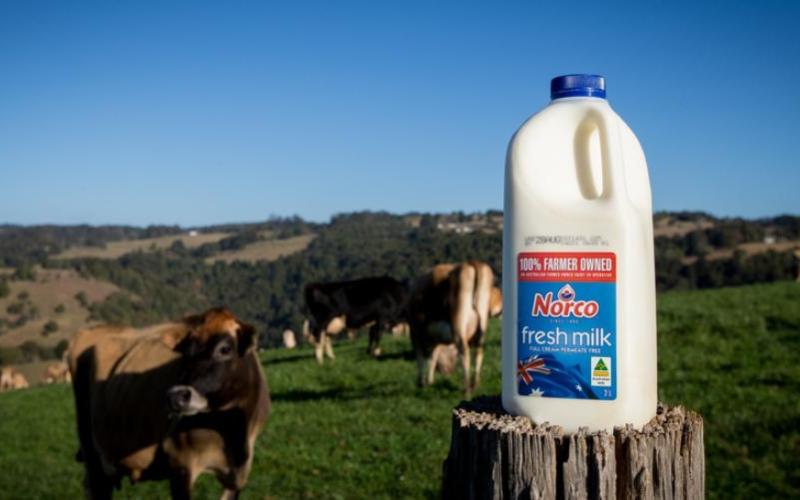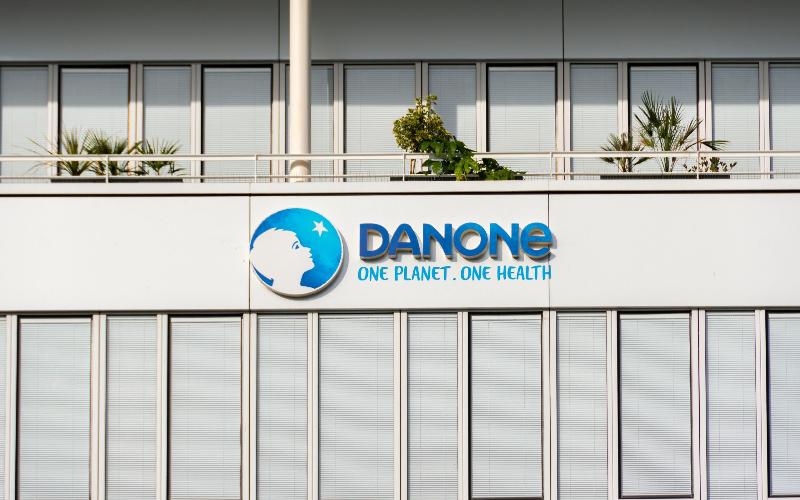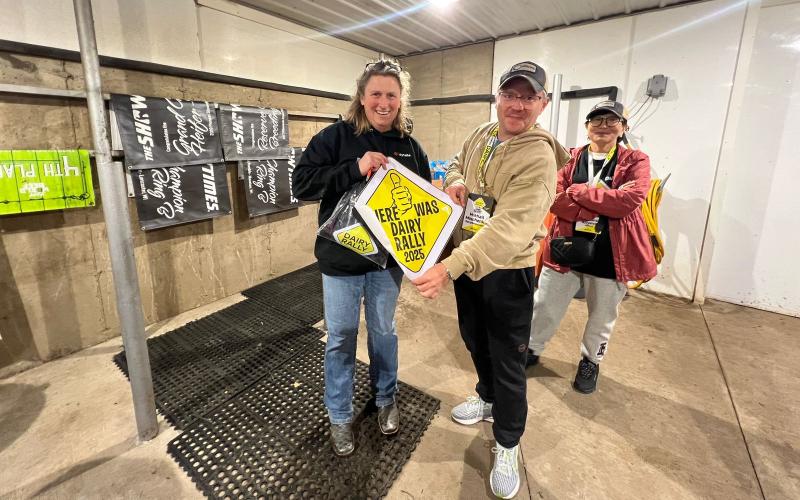Rainfall and Legislation Bring Hope to Dairy Producers for 2024
Sourse: The DairyNews
After consecutive years of drought, recent rainfall and congressional strides have kindled optimism among dairy producers for the upcoming year.

Dairy producers are eyeing a brighter 2024, buoyed by recent rains promising increased feed and forage production. The optimism is further fueled by the initial passage of Congressional legislation, the Whole Milk for Healthy Kids Act, potentially spurring nationwide demand, as per Jennifer Spencer, AgriLife Extension dairy specialist.
Texas, grappling with back-to-back droughts, has seen a drop in dairy numbers and production challenges. However, the passage of the Whole Milk for Healthy Kids Act and recent rainfall is seen as a turning point for the industry.
Despite facing falling milk prices, Texas witnessed an increase in milk production per cow, securing its position as the third-highest milk-producing state in the U.S. Spencer notes that 2024 might be a transitional year, anticipating a decrease in dairy numbers but an overall rise in herd size.
Higher costs and plummeting milk prices have been significant challenges for producers, with the hope that 2024 brings a better crop year and improved market demand. Several processing facilities opening or under construction in the state also present opportunities to boost demand.
The Whole Milk for Healthy Kids bill, if cleared by the U.S. Senate, could be a game-changer by allowing the use of whole milk in schools, potentially increasing demand. Positive trends are noted nationwide, with dairy product consumption on the rise.
Embracing technology becomes crucial for Texas dairies to navigate market fluctuations and rising costs. Technologies such as health monitors, rumination collars, and robotics are being explored to enhance productivity and address labor shortages. Additionally, beef-on-dairy breeding and utilizing sexed semen for consistent replacement heifer numbers are avenues being explored to diversify and enhance the bottom line.
As the dairy industry adapts to technological advancements and explores innovative breeding strategies, coupled with positive market trends, the outlook for 2024 appears promising for Texas dairy producers.
Texas, grappling with back-to-back droughts, has seen a drop in dairy numbers and production challenges. However, the passage of the Whole Milk for Healthy Kids Act and recent rainfall is seen as a turning point for the industry.
Despite facing falling milk prices, Texas witnessed an increase in milk production per cow, securing its position as the third-highest milk-producing state in the U.S. Spencer notes that 2024 might be a transitional year, anticipating a decrease in dairy numbers but an overall rise in herd size.
Higher costs and plummeting milk prices have been significant challenges for producers, with the hope that 2024 brings a better crop year and improved market demand. Several processing facilities opening or under construction in the state also present opportunities to boost demand.
The Whole Milk for Healthy Kids bill, if cleared by the U.S. Senate, could be a game-changer by allowing the use of whole milk in schools, potentially increasing demand. Positive trends are noted nationwide, with dairy product consumption on the rise.
Embracing technology becomes crucial for Texas dairies to navigate market fluctuations and rising costs. Technologies such as health monitors, rumination collars, and robotics are being explored to enhance productivity and address labor shortages. Additionally, beef-on-dairy breeding and utilizing sexed semen for consistent replacement heifer numbers are avenues being explored to diversify and enhance the bottom line.
As the dairy industry adapts to technological advancements and explores innovative breeding strategies, coupled with positive market trends, the outlook for 2024 appears promising for Texas dairy producers.














